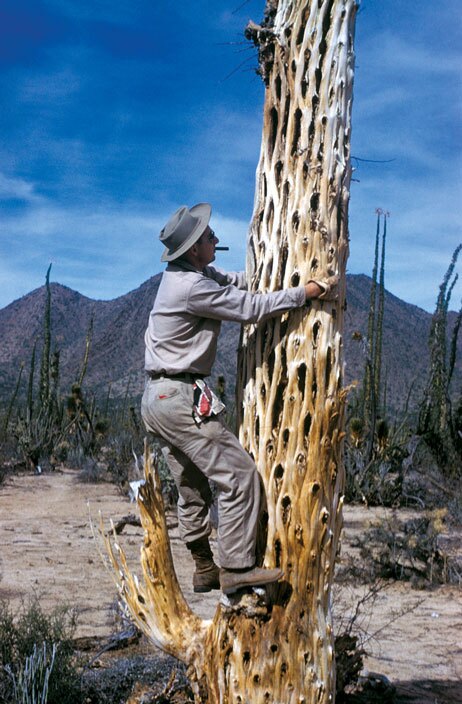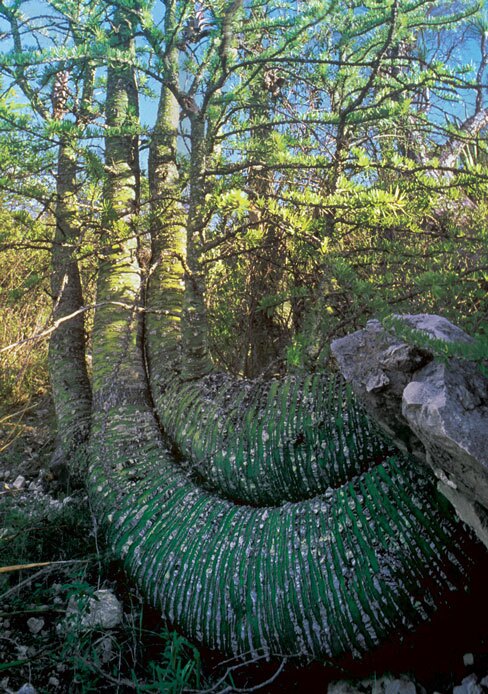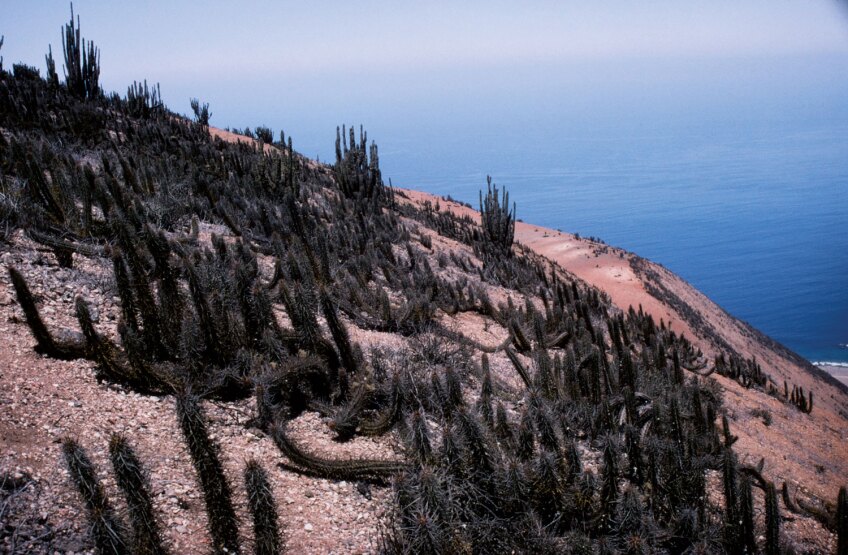Inside the Indiana Jones-like World of Cactus Explorers
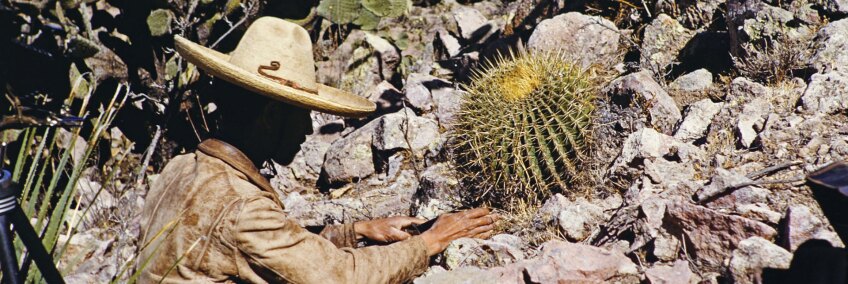
Joël Lodé has almost died six to seven times in search of his Holy Grail, a cactus of one kind or another. An author who lives in Spain, Lodé once baked under the cruel summer sun of the Mojave Desert, suffering from a severe heatstroke with only a crude help sign on his bicycle indicating his desperate need for help. Another time, Lodé became perhaps the only tourist to Yemen at the height of a civil war to photograph a plant. His return trip home included braving a sniper-lined city, departing a barricaded airport and listening to the sound of artillery fire.
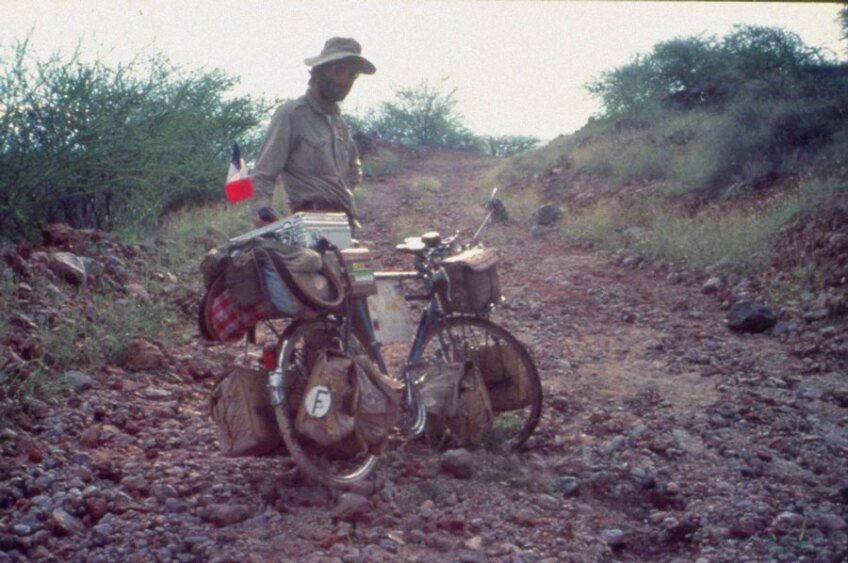
Lodé’s is just one of the few succulent-fixated adventurers highlighted in an unusual new book available in October titled, “Xerophile: Cactus Photographs from Expeditions of the Obsessed.” The book was conceived by Jeff Kaplon, Max Martin and Carlos Morera, the purveyors of the Cactus Store, an idiosyncratic 200-square-foot store in of Echo Park that’s gained a cult-like following because of their exotic cacti wares and encyclopedic knowledge of these thorny creatures. The store boasts about 17,000 followers on Instagram and recently opened a branch in New York City.
The Cactus Store’s many followers aren’t the only ones enamored of cacti. It only takes a cursory look of the “Xerophile” to find that succulents attract people the world over, from a British biochemist and cancer researcher (Martin Lowry) to a 93-year old Greek botanist whose work has resulted in descriptions of close to 150 new species of cacti (John Jacob Lavranos).
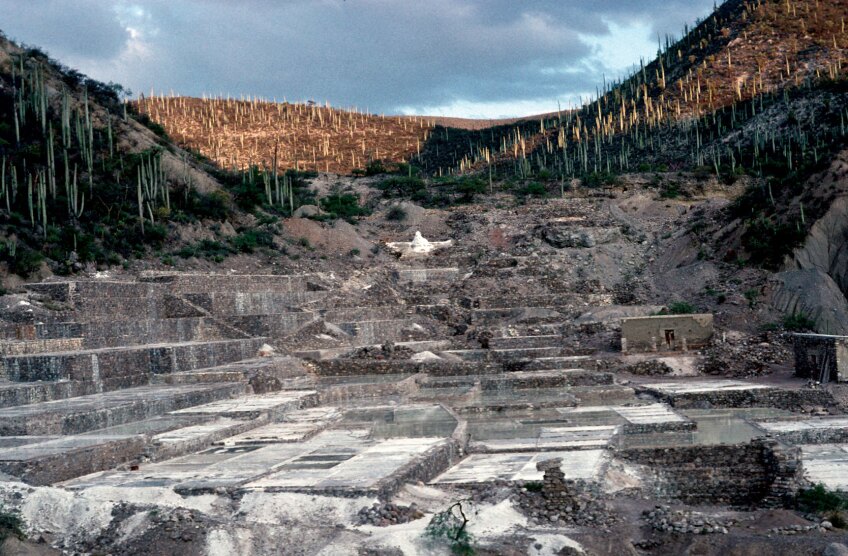
Morera recalls talking to Lavranos, an elder statesman figure of the cactus circles, and having him inform the authors that “everything was prepared for him to die. Meaning, we were talking to him on his last leg.” According to the authors, many cacti adventurers save up just to visit Quebrada del Toro, Argentina, Tehuacán Valley in Mexico, or any of the far-flung, inhospitable habitats of these hardy plants.
Why are these adventurers so obsessed? Even the authors cannot say. “A lot of things about the cacti have mythic qualities to them,” says Morera.
Perhaps it’s because of the cacti’s famous resilience, its ability to survive in even the harshest conditions. Perhaps, it is its strangely compelling contorted proportions, its famed longevity, or simply that these cacti are able to symbolize what humans themselves hope to be: unbowed in the face of adversity.
Brachycereus nesioticus, commonly known as lava cactus; Fernandina, Galapagos Islands, 2009. | Rick Gillman/"Xerophile: Cactus Photographs from Expeditions of the Obsessed"
In homage to these adventurers’ obsession, “Xerophile” features about 500 photos of the plants drawn from the archives of 22 explorers spanning 80 years.
Unlike other extant cactus books that may show a super cropped photo of the plant, an close-up shot of its blossoms along with its genus information, “Xerophile,” (from the Greek word xeros meaning “dry” and philos “loving”) showcases the plants amid the wilderness of the desert and the human beings that have surrounded it. Gone too are the clichéd desert photos of saguaro backlit by a gorgeous sunset. “These photographs weren’t meant to be art, but they do have an artfulness about them,” says Martin.
These plants don’t just grow in small sedate pots, “they’re 500 feet in the air, growing out of sheer rock cliffs. Knowing that just gives these plants another dimension,” says Morera of the Parodia leninghausii as we chat inside the Cactus Store. His tone has echoes of a proud parent looking on his growing offspring.
Photos of cacti that would have just passed on to obscurity, shown in closed cactus club circles or in select scientific journals, can now be appreciated in all their gnarled, sunburned and thorny glory.
“Xerophile” also serves as a precious record of what exists or has existed and may never be seen again. Because the plants grow in such far-flung places, their location isn’t always known. There are cacti that “have been found in the early 1900s and haven’t been found again, kind of like El Dorado,” says Morera.
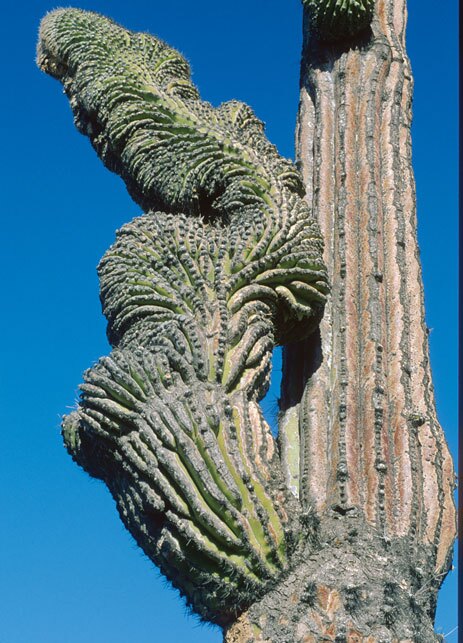
For example, Wendell “Woody” Minnich, who grew up in the Mojave Desert and has spent 45 years on cactus expeditions, tells the tale of finding a habitat of Pachypodium namaquanum growing out of pure quartz in the wilds of Africa. Since then, he has returned again and again toting his camera in search of the same patch of cacti with no success.
Sometimes, it’s not a matter of finding a cacti patch again, but remembering its life. Jon Rebman, the curator of botany at the San Diego Natural History Museum has been exploring Baja California for the past 25 years. For 13 or 14 years of that quarter of a century, Rebman has found himself visiting an old friend, a cardon in the boulder fields near the small town of Cataviña. “It’s between 60 and 70 feet tall, just massive. I’ve never seen one quite like it. It takes your breath away to stand under this cactus,” recalls Rebman in the book. One year, he returns to find that this possibly 500 or 600-year-old plant has just up and died a natural death. “Now it’s no more. There’s hardly any of it left standing. It took about a year or so, and then it was gone.”
It took the authors about three years to finish “Xerophile.” One of the toughest parts of the process is gaining entry into the inner sanctum of cactus circles. Because many of those profiled are of an older generation, they often do not have an online presence and even email can be a challenge. It sometimes took emailing the British Cactus and Succulent Society begging for contact information to get anywhere, writing actual long-form letters, or getting someone to vouch for them to get to their interviewees.
But it was worth it in the end. “Xerophile” is not a strict taxonomy book neither is it an art book, or even a gardening book. Bookstores might be hard-pressed to shelve it in-store, so Martin suggests placing it “next to the Bible” after all, that other tome also has its own legion of fervent followers.
To learn more and to pre-order now for shipment in September, visit the book’s webpage.
Top image: Cactus explorer featured in the book "Xerophile." Date and location unknown. | "Xerophile: Cactus Photographs from Expeditions of the Obsessed"
